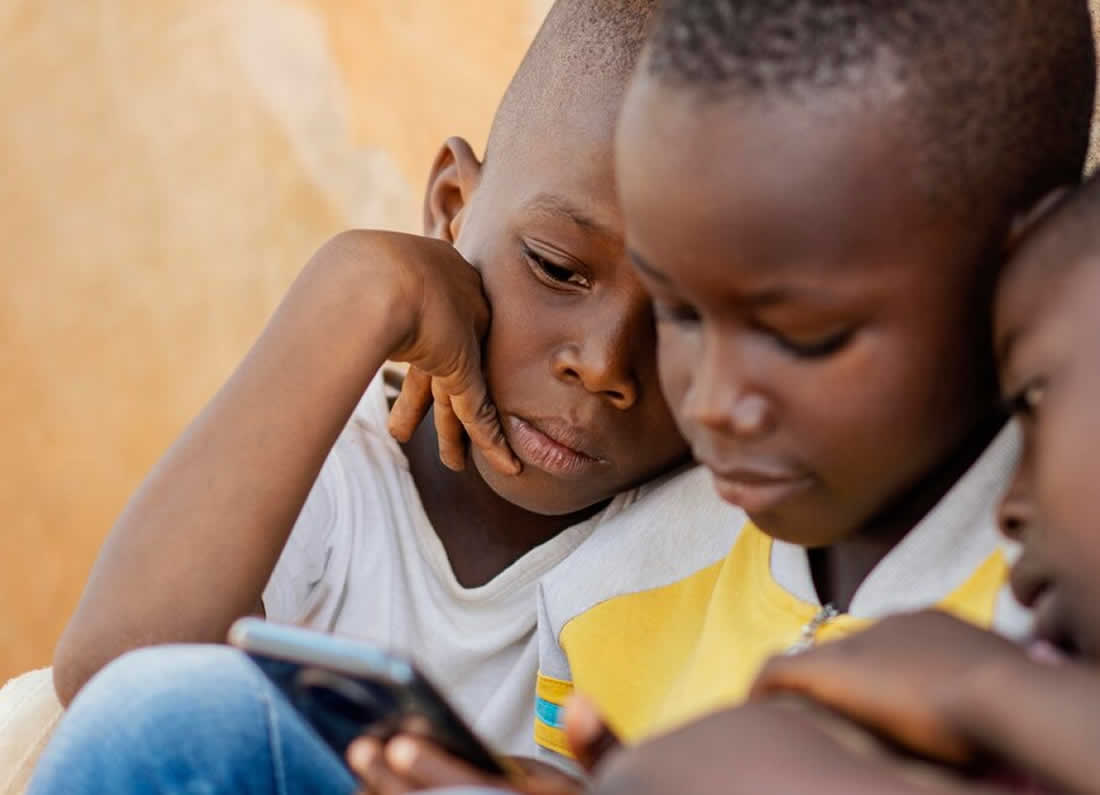In the era of global digital transformation, access to information and communication technologies (ICTs) has become a critical determinant of socio-economic development.
While urban areas in Tanzania have made significant progress in digital adoption, rural communities—where over 65% of the population resides—still face barriers to accessing the internet, digital education, and modern communication tools.
To address this imbalance, the government of Tanzania, alongside private companies and international partners, has launched several ambitious programs aimed at closing the digital divide. From building ICT infrastructure to introducing digital literacy campaigns, Tanzania is taking meaningful steps to ensure that rural citizens are not left behind in the digital revolution.
Understanding the Digital Divide
The digital divide refers to the gap between individuals and communities who have access to modern information and communication technology and those who do not. In Tanzania, this gap is most evident between urban and rural areas due to differences in infrastructure, education, affordability, and digital skills.
Challenges contributing to the divide in rural Tanzania include:
- Limited broadband and mobile network coverage
- High cost of smartphones, computers, and internet services
- Low levels of digital literacy and awareness
- Lack of localized content in Kiswahili or local languages
- Insufficient power supply in remote areas
Bridging this divide is essential not just for economic development, but also for improving healthcare, education, and civic participation.
National ICT Policy and Vision
The Tanzanian government has recognized ICT as a pillar of national development. The updated National ICT Policy (2016) and Vision 2025 emphasize inclusive digital access and the expansion of broadband infrastructure across all regions.
The policy outlines specific goals:
- Achieve universal broadband coverage
- Promote ICT education and innovation
- Foster public-private partnerships to expand access
- Support e-government and digital financial inclusion
One key initiative under this vision is the National ICT Broadband Backbone (NICTBB)—a fiber-optic network that connects major regions, facilitating internet access even in remote parts of the country.
Infrastructure Expansion in Rural Areas
The expansion of ICT infrastructure has been a cornerstone of Tanzania’s efforts to bridge the digital divide. Through partnerships with telecom companies and international donors, thousands of kilometers of fiber-optic cable have been laid across rural regions.
- Rural Cell Tower Projects: The Universal Communications Service Access Fund (UCSAF) has subsidized the construction of mobile towers in over 1,500 rural villages, providing mobile and 3G/4G internet access.
- Community ICT Centers: Public ICT hubs equipped with internet access, computers, and digital training are being established in areas like Dodoma, Singida, and Kigoma.
- Satellite Internet Pilots: In extremely remote areas, pilot projects are using low-earth-orbit (LEO) satellite internet—like Starlink—to provide reliable connections where terrestrial networks are not feasible.
Digital Literacy and Capacity Building
Building infrastructure is only one part of the equation. Ensuring people can use digital tools effectively is equally important. In rural Tanzania, several programs are actively training citizens in basic ICT skills.
ICT Clubs in Schools: Primary and secondary schools are being equipped with computers and basic ICT curricula, helping students learn how to use software, browse the web, and stay safe online.
Digital Ambassadors Program: Launched by the Ministry of Communications and funded by the World Bank, this program trains young people to become ICT mentors in their communities. As of 2024, over 2,000 ambassadors have reached more than 200,000 rural residents.
SheCodes for Change: This initiative targets girls in rural schools, teaching coding, web design, and digital creativity.




Leave a Reply